TOPIC 2: NUTRITION ~ BIOLOGY FORM 2
Concepts of Nutrition and food Nutrients
FUNCTION OF FOOD
- Oxidized to release energy
- Used in growth of cells
- Used to repair lost cells and tissue
It is used in body building
Used by body for tissue growth and repair such as healing of wounds and replacement of skin
Used as a source of energy, especially when the body lacks carbohydrates and lipids
It enables red blood cells to transport oxygen in our bodies
Lipids are used as a source of energy
Protect the organs such as heart and kidneys
SOURCES, FUNCTIONS AND SIGNS OF VITAMIN DEFICIENCIES
| VITAMIN | SOURCE | FUNCTION | SIGN OF DEFICIENCY |
| Vitamin A(Retinol) | Liver, Milk Carrots,Orange and Yellow Vegetables | Essential for the formation of membranes of the eyes and the respiratory tract | – Night blindness- Increased risk of infections |
| Vitamin B1(Thiamine) | Lean meat,liver, eggs,tomatoes,yeast extract sand brown rice | Carbohydrates metabolism of all foods and release of energy to cells | – Beriberi- Loss of Appetite – Muscle cramps- Heart failure |
| Vitamin B2(Riboflavin) | Liver,meat,wholegrain,cereals,yeast extracts | Needed for metabolism of all foods and release energy to cells | – Cracks and sores around the mouth and nose- Visual problems |
| Vitamin B6(Pyridoxine) | Meat,vegetables,yeast extracts,whole grain cereals | Essential in protein metabolism | – Nerve irritability- Sores in the mouth and eyes- Anemia |
| Vitamin B12(Cyanocobalamin) | Fish, meat,eggs, milk and liver | Builds genetic materials, help to form red blood cells | – Anemia- Nerve damage- Weight Loss |
| Vitamin C(Ascorbic Acid) | Pawpaw,Citrus fruits,Fresh Green,vegetables,tomatoesandpotatoes | – Increase resistant to diseases.- Improve absorption of iron.- Used in synthesis of collagen in the bones and gums | |
| Vitamin D(Calciterol) | Egg yolk,milk, oilfish and liver | Helps to build and maintain teeth and bones | – Rickets in children- Osteoporosis (soft bones) in adults |
| Vitamin E(Tocopherol) | Sunflower oil, butter,brown rice and peanuts | – Antioxidant- Prevents damage of cell membrane | – Nerve abnormalities- Infertility in rats |
| Vitamin K | Green vegetables and liver | Needed for normal blood clotting | Defective blood coagulation resulting in excessive bleeding. |
| MINERAL | SOURCE | FUNCTION | SIGN OF DEFICIENCY |
| Calcium | Milk,Cheese,eggs andgreen vegetables | – Helps build strong bones and teeth- Important inclotting of blood | – Weak bones- Bleeding easily |
| Phosphates | Meat, Milk,Fish, Eggs and nuts | – Builds bones and teeth- Helps in muscle and nerve activity | – Poor bone and teeth formation |
| Potassium | Peanuts,bananas,orange juice and green beans | Needed for nerve and muscle function | – Poor muscle contraction |
| Iron | Liver,kidney,beans and green vegetables | Essential for making hemoglobin | – Anemia |
| Zinc | Meat, yeast | Helps to heal wounds | – Skin problems |
| extrac tsand crab | |||
| Sodium | Table salt | – For nerve and muscle activity | – Muscle cramps |
| Chlorine | Table salt | Formation of hydrochloric acid in the stomach | – Poor digestion of protein |
| Magnesium | Spinach,pumpkin seeds, black beans | – Relaxation of nerves and muscles- Strengthening of bones | – Muscle weakness- Irregular heartbeat- Weak bones |
| Copper | Meat, fish and liver | Activation of enzyme | – Anemia- Bone and joint problems |
| Manganese | Kidneys,liver, tea,coffee, nuts and fruits | Formation of bones | – Nausea- Dizziness- Loss of hearing |
| Iodine | Iodized table salt and sea food | Production of thyroid hormones which regulate growth | – Goitre (enlarged thyroid gland) |
Used in digestion of food
Used in transport of material in the body
Used as solvent in chemical reaction
Expectants: There diet should contain more protein and minerals (Calcium (Ca) and Iron (Fe))
Lactating Mothers: Their requirements are like those of expectants butin greater amount to feed the body
Children: Require a lot of proteins for growth and development of body tissue.
The elderly People: They require adequate amounts of vitamins and minerals to maintain their health
Sedentary workers: These are individuals who stay in one place for along time while performing their daily occupational activities. Due to their lifestyle and occupation,obesity is increasingly common among them, they limit their intake of food rich in lipids.
Sick people: They need special and plenty of nutrients to help recover their health, those who have incurable diseases such as HIV/AIDS should get food that will help them to manage their conditions. They need totake plenty of fruits and water.
Different Types of Nutritional Deficiencies and Disorders in Human Beings
- Eating too little
- Eating too much
- Eating one type of food
- Excessive feeding causes obesity
- Under nutrition causes deficiency diseases
NUTRITIONAL DEFICIENCIES AND DISORDERS IN HUMAN BEINGS
| DISEASE | CAUSES | EFFECTS | SYMPTOMS | PREVENTION |
| Kwashiorkor | Shortage of protein in diet | – Poor growth- Diarrhea- Loss of appetite- Pale skin- Dry skin- Change colour and texture- Body becomes weak and stomach protrudes | – Consumption of foods rich in protein | |
| Marasmus | – Lack of and equate amount of food- Ignorance of balanced diet preparation of food, food hygiene | – Weight loss- Slowed growth-Decrease dactivity- Lac k of energy – Shrunk enbuttocks | – Getting adequate amounts of food – Balanced diet | |
| Rickets | Lack of vitamin D,Phosphates and Calcium | – Bow legs- Knock knees- An odd shaped skul- Deformed spine | – Provide food rich with vitamin D,Phosphates and Calcium | |
| Scurvy | Lack of vitamin C | – Pain in joints- Stunted growth- Bleed in gums | – Provide diet which contains fruits- Avoid prolonged cooking | |
| Goitre | Lack of iodine | – Swelling of the thyroid gland | – Provide iodized salt and water(H2O) |
Digestive System in Human
Stomach has sphincter muscles to prevent food from flowing back into the oesophagus
Stomach has gastric glands, which produce gastric juice for the digestive process.
Also in the stomach of a young baby there is renin which coagulates milk
Stomachs have mucus which protects it from corrosion by digestive enzymes
There is hydrochloric acid for the emulsification of fats and killing ofbacteria
It has secretory glands, which produce digestive enzymes
It is connected to the liver by the bile duct which enable the bile to reach ileum
It has finger like projections called villi for the absorption of food
The ileum is very long to ensure sufficient absorptions of food
The villi have large network of blood capillaries for transporting absorbed food to all parts of the body
The inner lining of the ileum is folded to increase the surface area forabsorption
The Digestion Process in Human Being
Compare the human digestive system with that of other mammals
DIFFERENCES BETWEEN HUMAN DIGESTIVE SYSTEM AND RUMINANTS’DIGESTIVE SYSTEM
- Ruminants have more elaborate system to enable cellulose digestion
- The stomach of ruminants have four chambers (rumen, reticulum,omasum, abomasum)
- The food is regurgitated, chewed, and again then passed to omasum.
DISORDERS AND DISEASE OF THE DIGESTIVE SYSTEM
These include diseases and disorders that affect teeth, oesophagus, stomach,small intestine and large intestines
Dental cariesThis is commonly referred to as tooth decay. It occurs when bacteriadestroy the outer part of the tooth.
Heart burnRefers to the burning or painful sensation in the oesophagus. It is caused by regurgitation of hydrochloric acid in the stomach which leads to the irritation of oesophagus.
Stomach ulcersRefers to the sore in stomach lining. It is caused by erosion of stomachwall due to enzyme reactions.
ConstipationRefers to the decrease in frequency of formation of stool. It occurswhen the stool becomes dry and hard due to excessive waterabsorption in the colon.
FlatulenceThis is caused by excess gas in the digestive tract
- Tooth ache
- Holes in the teeth
- Regular brushing of teeth
- Damaged teeth can be filled with artificial crown
- Minimization of intake of foods rich in sugar
- Avoid eating very hot or cold foods
- Have regular dental check ups
- Burning pain in the stomach
- Nausea and vomiting
- Tiredness and weakness
- Blood in vomit or stool
- Medication
- Avoid smoking
- Avoid taking alcohol
- Avoid eating acidic foods
- Lack of bowel movements for two or three days
- Hard stools
- The urge to go for long call even after you have just been to the toilet
- Eat enough fibre
- Drink enough water
- Exercise regularly
- Seek medical help
- Swallowed air
- Eating food that causes gas such as beans, cabbage, milk and onions
- Poor absorptions of carbohydrates
- Abdominal pain
- The constant urge to pass wind
- Excessive belching
- Accumulation of gas in the stomach
- Avoid foods that produce gas
- Chewing food properly
- Limit the amount of food which are
Nutrition in Plant, Mineral requirement in Plants
Essential Mineral Element in Plant Nutrition
Mention essential mineral element in plant nutrition
The mineral requirement in plant growth are categorized into two groups:
- Micro nutrients or minerals
- Macro nutrients
The Roles of Essential Elements in Plant Nutrition
| element | role | Deficiency |
| nitrogen | Protein synthesis Manufacture of chlorophyll Promotes normal plant growth | Leaves become pale green, yellow, small leaves, thin weak stem and stunted growth |
| phosphorus | Promote root and branch growth Protein synthesis and energy release in respiration | Poor growth of roots,leaves and branches Leaves become reddish purple |
| Potassium | Used during photosynthesis and protein metabolism in younger lives | Yellow leaves with dead spots especially at marginsand tips |
| Calcium | Promotes normal plant growth and cell wall formation | Poor root growth Death of growing regions |
| Magnesium | Manufacture chlorophyll | Yellowing of leaves |
| Sulphur | Protein synthesis | Stunted growth Yellow patchers on leaves |
Photosynthesis
The Concept of Photosynthesis
Explain the concept of photosynthesis
Photosynthesis is the process where by green plants manufacture their own food by using light energy produced from the sun. photosynthesis takes place in plants especially in leaves so as to make their own food by the presence of different factors.
FACTORS FOR PHOTOSYNTHESIS
Chlorophyll, corbondioxide, sunlight energy, mineral salts, temperature and water.Equation for photosynthesis:
The Structure of the Leaf in Relation to Photosynthesi
Describe the structure of the leaf in relation to photosynthesis
The petiole or leaf stalk attaches the leaf to the branch or stem. It keeps the lamina inposition that will enable it to get a maximum amount of sunlight. The lamina has alarge surface area, thus maximizes the absorption of light energy and carbondioxide.The lamina is also thin so that carbondioxide and light energy diffuse over a shotdistance to reach cells.
The mid rib and veins contain xylem and phloem. Xylem vessels transport water andmineral salt to the leaf. Phloem vessels transport manufactured food to other parts ofthe plant.
The Process of Photosynthesis
Explain the process of photosynthesis
It takes place inside the cell organelles known as chloroplasts. Photosynthesis takesplace in two stages the light stage and the dark stage.
The Importance of Photosynthesis in the Real Life Situation
Outline the importance of photosynthesis in the real life situation
Importance of photosynthesis in daily life:
All organisms which are heterotrophy depend on auto-trophy as source of food.
Living organisms depend on oxygen for their aerobic respiration produced during photosynthesis
. Photosynthesis convert light energy into chemical energy which is used by other organisms
. Humans depend on photosynthesis for the energy containing fossil fuel which have developed over a millions of year.
Properties of Food Substance
- i. Carbohydrates
- Protein
- Lipids
- Monosaccharide
- Disaccharide
- Polysaccharide
- They are not soluble in water
- They are non reducing sugar
- . They are not sweet
- When put in water they form suspension
Common Reagents and Chemicals used to Determine Food Properties
Identify common reagents and chemicals used to determine food Properties
TEST FOR CARBOHYDRATES
| PROCEDURE | OBSERVATION | CONCLUSION |
| Dissolve the food sample in water Add an equal amount of Benedict solution to the solution | Food sample dissolveColor change from blue to green to orange,yellow and finally brick red | Reducing sugar is present |
| Dissolve the food sample in water to getsolution Put 2 cm of a solution obtained in a test tube Add 1 cm of HCL acid | FIZZING COLORCHANGE FROM BLUE,GREEN,YELLOW,orange and finally brick red | Non reducing sugar is present |
| Boil the mixture Allow the mixture to cool Add small amount of sodium hydroxide,shake the test tube after every additional continue until fizzing stops Add 2 cm of Benedict solution then boil the mixture | FizzingColor change from blue, green to yellow to orange and finally brick red | Non reducing sugar is present |
| TEST B FOR STARCH Add small amount of food sample solution in a test food.Add few drops (2-3)of iodine solution in the food sample | Color change from blue to black | Starch is present |
Food Processing, Preservation and Storage.
- Picking, sorting and washing fruits and vegetables
- Cooking by boiling steaming, roasting backing or frying
- Converting raw materials into other products for example making cheersfrom milk or sugar from sugar cane
Keeping out micro organisms for example by canning or bottling
Using high temperature to kill microorganisms that cause spoilage eg.By pasturalization and boiling
Using very low temperature to slow down the growth of microorganisms for example refrigerationiv.
Irradiation which is by using radiations such as gamma rays to killmicro organismsv
Eliminating the moisture that is needed for growth of micro organismfor instance by drying, salting, smoking etc
Adding chemicals such as salt sugar, carbon monoxide to preventphysical changes in food
The following are the importance of food preservation
prevents wastage of food
it saves money by preventing spoilage of food
maintains the quality of food
prevents the growth of micro organisms that can cause illness
improve the flavor of food
removes armful toxins and micro organisms from food
makes food available even where they are not in season
enables transportation of delecate and perishable food such as milk andfruit over long distance
- traditional methods
- modern methods
TRADITIONAL METHODS
Food can last for many months and even a year
Modern methods can process, preserve, and store large variety of food.
They are advanced technology bused in fast and can handle huge quantities offood.
The chemicals used can be harmful if eaten in excess
These advanced technology involve means where they are used only in certain areas for instance refrigeration requires electricity.
The process used for example canning and pasteurizing require special skills.
Sometimes nutrients are lost thus lowering the nutritional value of food
DIFFERENCES BETWEEN TRADITIONAL AND MODERN METHODS OF FOOD PROCESSING AND PRESERVATION
| TRADITIONAL METHODS | MODERN METHODS |
| Less cost full | High cost full |
| It involves the use of low technology | It involves the use of advanced technology |
| It processes and preserves food for a limited amount of time | Preserves food for months and evenyears |
| It uses local materials to process and preserve food It is used by most people | It uses chemicals to process and preserve foodIt is used by few people |
| It select type of food to be processed and preserved | It is not selective |

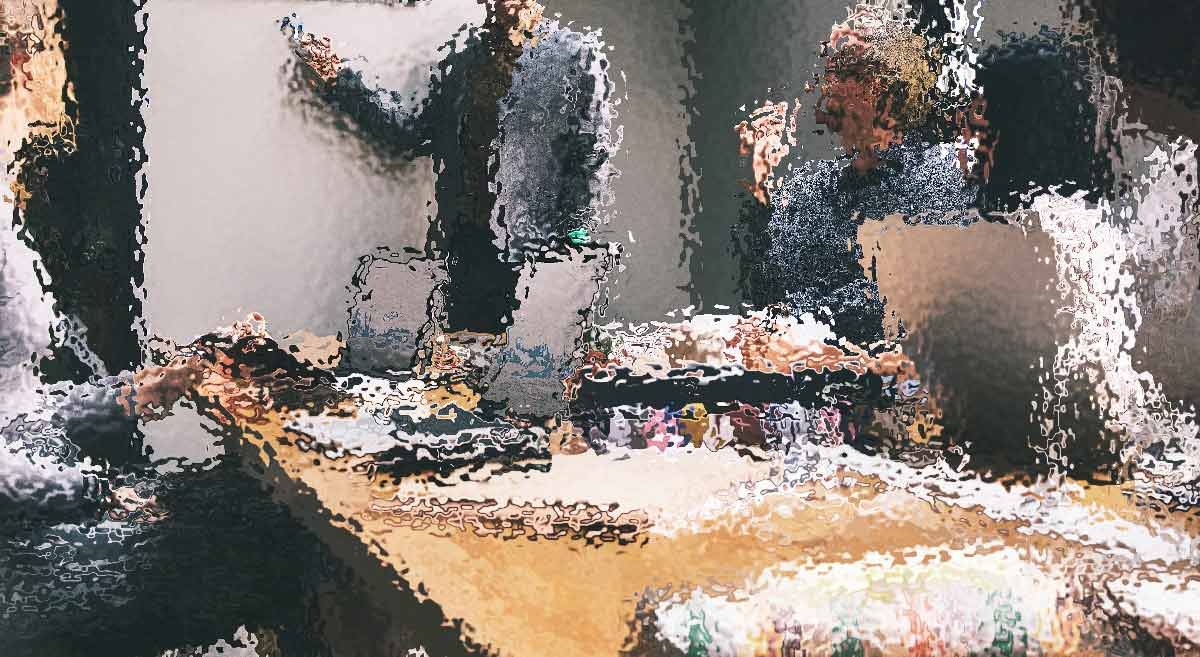




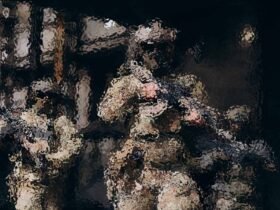
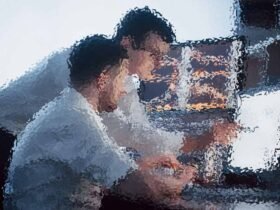
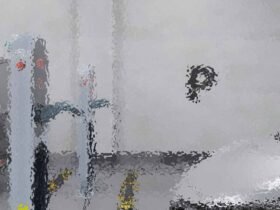
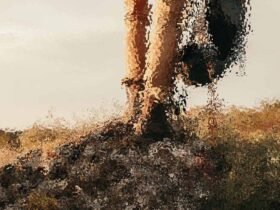

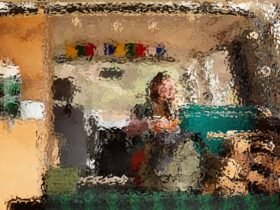

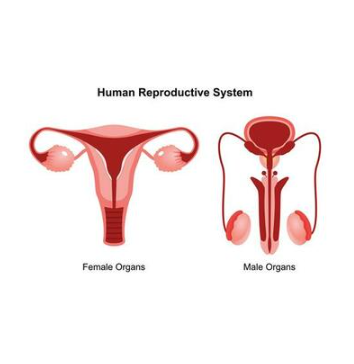




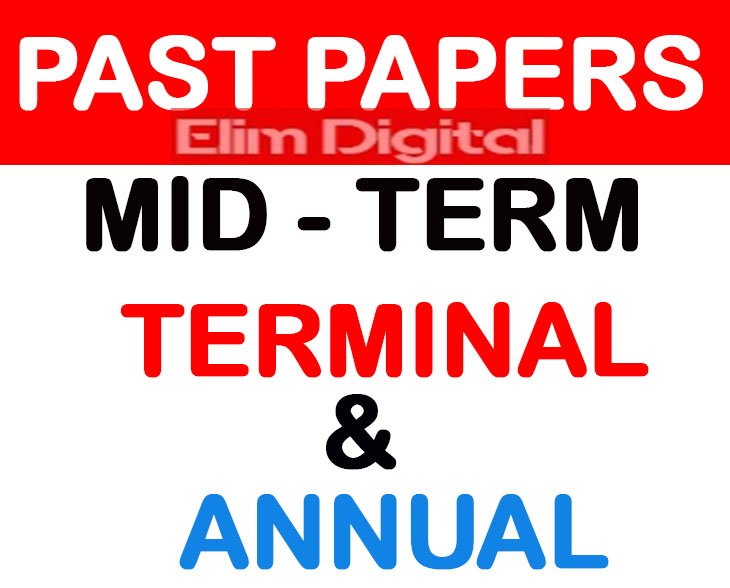
Leave a Reply